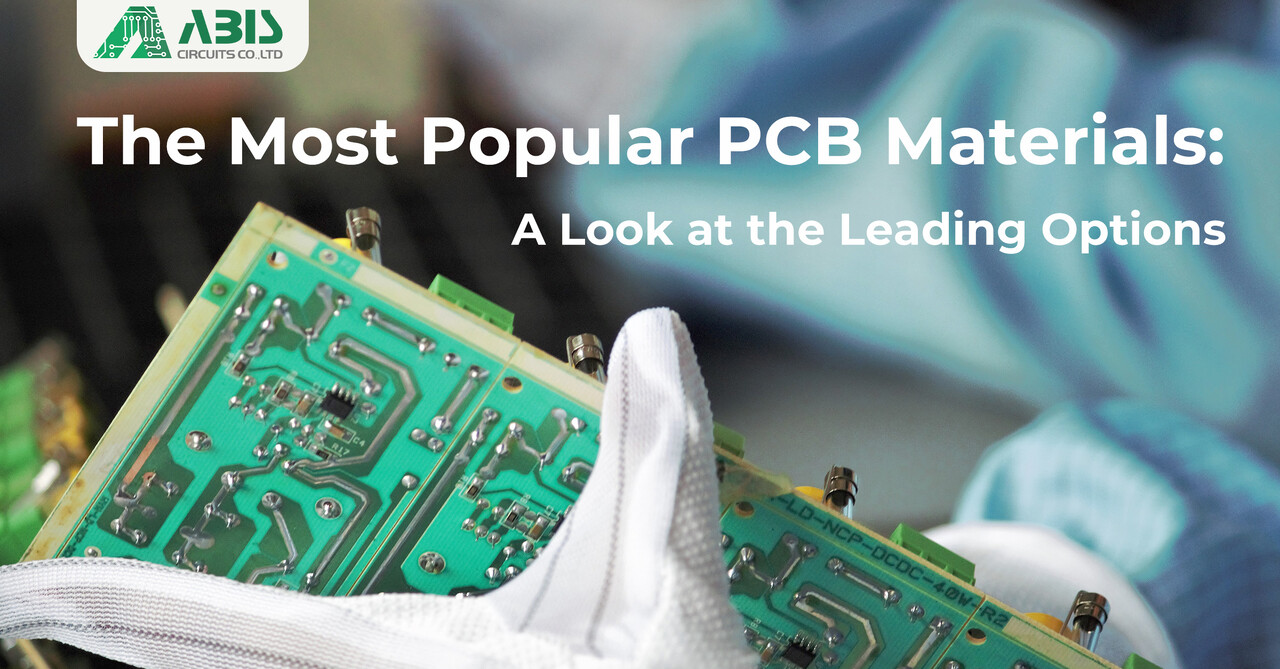Printed Circuit Board (PCB) design is a crucial aspect of electronic product development. The way components are arranged, traces are routed, and layers are organized can significantly impact the performance, reliability, and manufacturability of a device. In this blog post, we'll delve into the key principles of PCB design and explore how adhering to these principles can lead to successful electronic designs.
1. Component Placement:
The placement of components on the PCB is more than just a spatial arrangement. It affects signal integrity, thermal management, and ease of assembly. Critical components should be strategically placed to minimize signal interference and optimize the flow of signals across the board.
Signal Integrity:
Trace length, impedance matching, and signal pathways are crucial for maintaining signal integrity. Properly designed traces and controlled impedance ensure that signals reach their destinations without distortion or degradation.
Power Distribution:
Efficient power distribution is essential for stable operation. Carefully plan power and ground planes, minimize voltage drops, and use appropriate decoupling capacitors to ensure a clean and stable power supply.

2. Layer Stackup and Routing
Layer Stackup:
The number and arrangement of PCB layers impact signal integrity, electromagnetic interference (EMI), and thermal characteristics. Consider the need for ground and power planes, and choose a layer stackup that meets the requirements of your design.
Trace Routing:
Optimal trace routing minimizes crosstalk and interference. Use appropriate trace widths, maintain consistent impedance, and employ differential pair routing for high-speed signals. Properly route traces around sensitive components and follow best practices for high-frequency signals.
Via Placement:
Vias are essential for connecting different layers of the PCB. Strategic via placement is crucial for signal integrity and thermal management. Consider the type of vias (through-hole or blind/buried) based on the design requirements.

3. Design for Manufacturing (DFM) and Assembly (DFA)
DFM:
Designing with manufacturability in mind streamlines the production process. Follow industry-standard guidelines to ensure your design can be efficiently and cost-effectively manufactured. Consider factors such as panelization, fiducial markers, and component spacing.
DFA:
Ease of assembly is as important as manufacturability. Design components for easy pick-and-place assembly, and ensure that there's accessibility for inspection and testing. Minimize the risk of human error during the assembly process.

4. Thermal Management
Heat Dissipation:
Electronic components generate heat, and efficient thermal management is critical for preventing overheating and ensuring long-term reliability. Place heat-sensitive components strategically, use thermal vias, and consider adding heatsinks or thermal pads as needed.
Airflow Considerations:
If your design is housed in an enclosure, consider the airflow to dissipate heat. Proper venting and strategic component placement can enhance natural convection or facilitate forced airflow.
Conclusion
Mastering the principles of PCB design is essential for creating electronics that meet performance standards, are cost-effective to produce, and can be reliably manufactured. Whether you are a seasoned engineer or a novice designer, understanding and applying these principles will contribute to the success of your electronic projects. By considering layout, routing, manufacturing, and thermal aspects, you can create PCBs that not only function optimally but also streamline the entire production process.

 Englishen
Englishen












